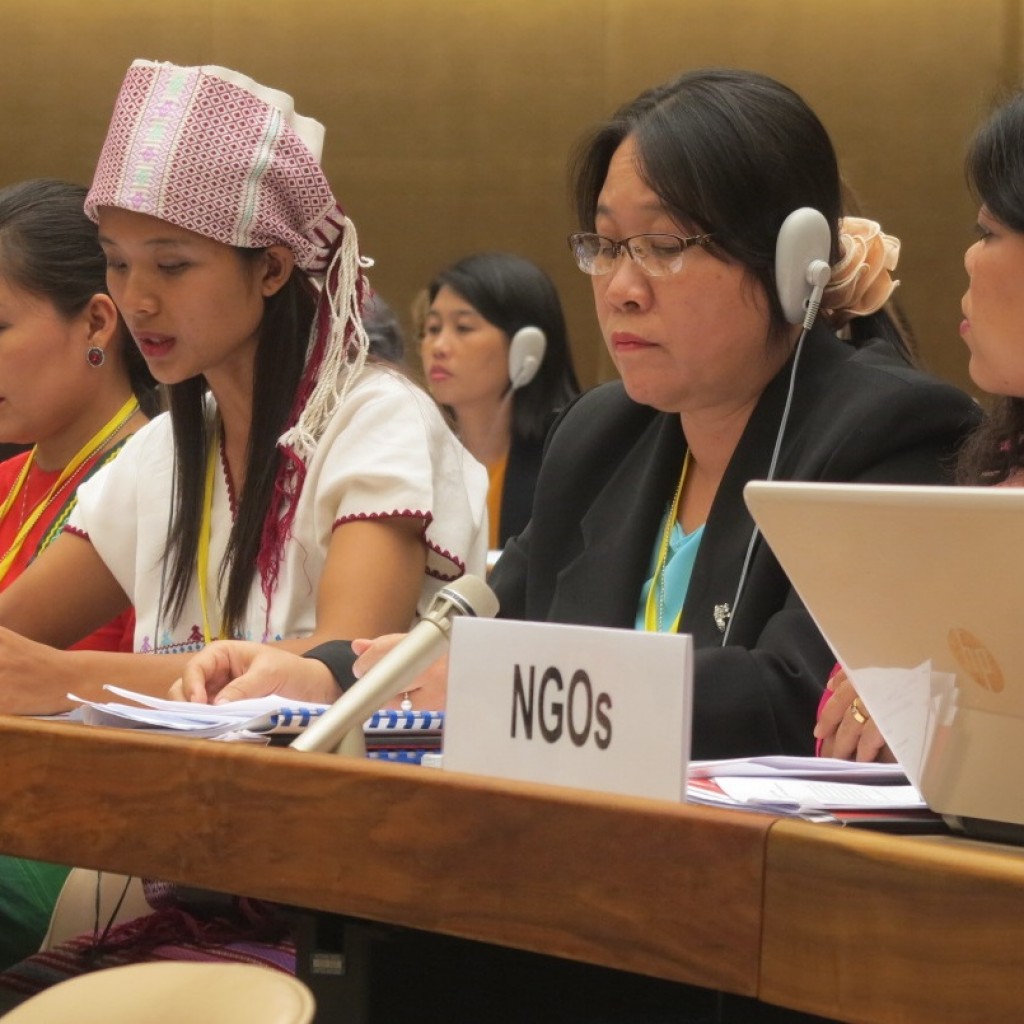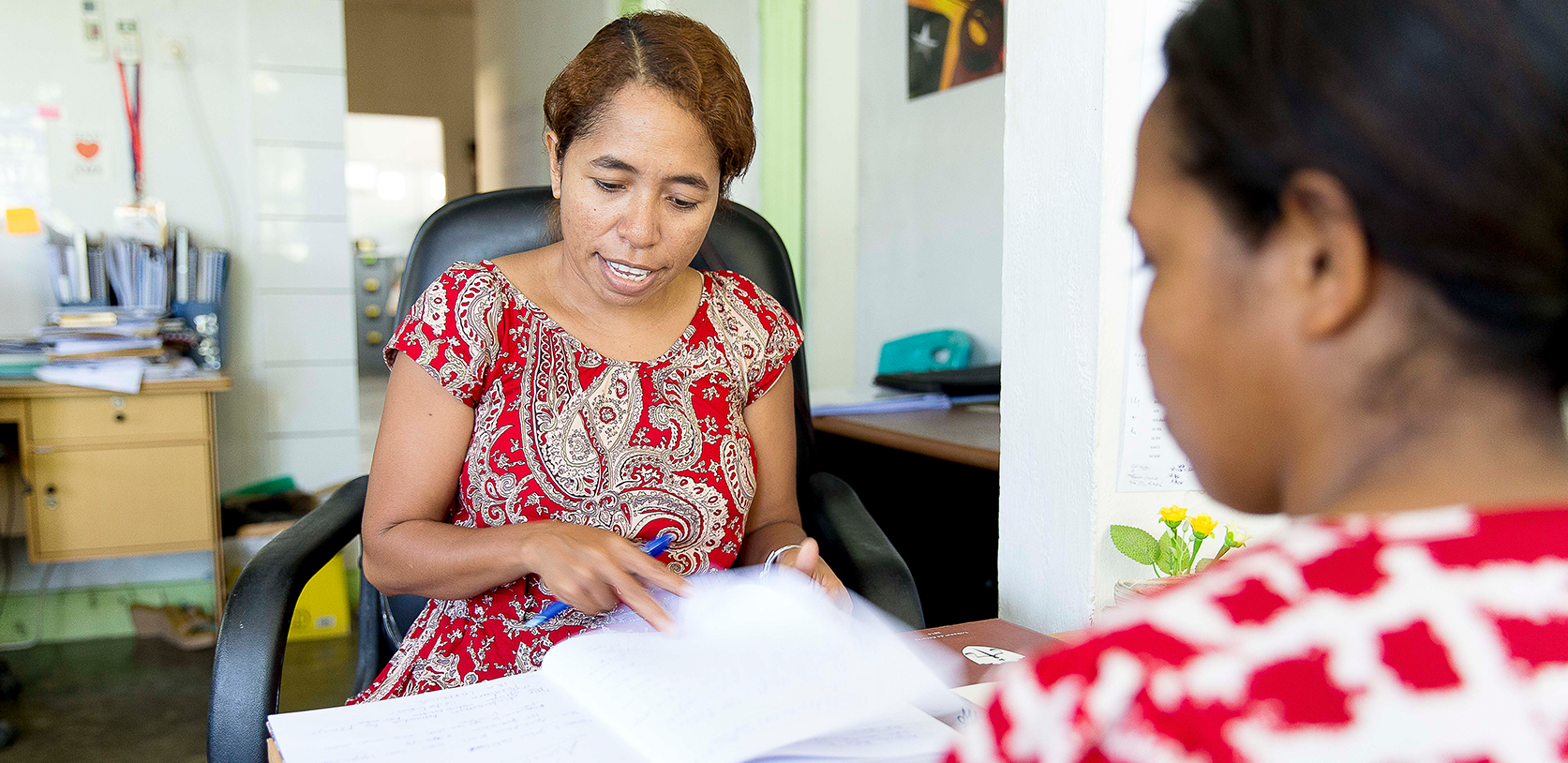
The bills, resolutions and platforms protecting women’s human rights
On the 10th of December, the world marks Human Rights Day – the day the United Nations formally adopted the Universal Declaration of Human Rights. The document, now 69 years old, was the first to a proclaim “the inalienable rights which everyone is inherently entitled to as a human being — regardless of race, colour, religion, sex, language, political or other opinion, national or social origin, property, birth or other status”.

On the 10th of December, the world marks Human Rights Day – the day the United Nations formally adopted the Universal Declaration of Human Rights. The document, now 69 years old, was the first to a proclaim “the inalienable rights which everyone is inherently entitled to as a human being — regardless of race, colour, religion, sex, language, political or other opinion, national or social origin, property, birth or other status”.
It’s available in over 500 languages, making it the most translated document in the world. We’ve come a long way since 1948 – particularly when it comes to women’s human rights. The Universal Declaration of Human Rights helped set a standard for every other international mechanism designed to protect human rights that has followed it, including some fundamental frameworks for women’s rights. But it’s now no longer the best we have when it comes to women’s rights.
Here are the four that we should all know about.
The Convention on the Elimination of All Forms of Discrimination Against Women
The Convention on the Elimination of All Forms of Discrimination Against Women (CEDAW) is the closest we have to an international bill of rights for women. It defines all the different kinds of discrimination against women, and works to articulate and advocate for women’s rights and gender equality on a national and international level. So far, 189 countries have agreed to uphold CEDAW, with various degrees of success.
The CEDAW reporting process is an important measure that governments across the world use to track their progress on the important promises they’ve made to women. It is also a way for women’s rights organisations to shed light on what life is really like for women. By preparing a Shadow CEDAW Report, they have the opportunity to provide the international community with a clearer picture of the real progress made towards implementing CEDAW and eliminating violence against women. You can read about how our partners in Myanmar have used CEDAW to advocate to the government here.
United Nations Security Resolution 1325 and subsequent resolutions
It has been 17 years since the United Nations adopted Security Council Resolution 1325, which for the first time acknowledged the gendered element of conflict and the disproportionate impact it has on women and girls. This landmark resolution held out a promise to women and girls that their rights would be protected. It also recognised the importance of women’s full and equal participation as actors for peace and security.
Security Resolution 1325, and subsequent resolutions like 2242, are important because they formally give women a place in the peace process. However, despite this international recognition more action is needed. We know women’s leadership and participation is essential for sustainable peace. Yet women are still being excluded from peace talks; post-conflict recovery processes are still failing to reflect the priorities of women and girls; police and peacekeeping forces remain male dominated and women and girls continue to face violence on an alarming scale. Civil Society was instrumental in the implementation of 1325, and continues to advocate for action. You can read more about our work in this space here , and the work of the Women, Peace and Security Coalition, of which IWDA is a part of, here.
Beijing Platform for Action
23 years ago, the United Nations Fourth World Conference on Women was held in Beijing. The famous location of Hillary Clinton’s iconic line “women’s rights are human rights”, the conference attracted seventeen thousand registered participants representing 189 nations. A parallel NGO Forum was attended by over 30,000 women and men. It enabled governments and civil society organisations to share ideas and develop strategies for women’s empowerment and it marked a significant turning point for the global agenda for gender equality. From this, the Beijing Declaration and Platform for Action, was born. The Platform for Action is a commitment, made by the governments gathered in Beijing, to address the constraints and obstacles preventing the further advancement and empowerment of women all over the world.
It sets strategic objectives and actions for the advancement of women and the achievement of gender equality under 12 areas of critical concern that still remain relevant 23 years later. But unlike UN conventions and treaties, it does not provide a mechanism for the redress of wrongs, nor is there any enforcement mechanism. Its implementation depends on the commitment of national governments as well as the continued activism and advocacy of civil society organisations. In 2015, some of our partners shared their perspectives on how the Platform has improved women’s rights in their region. You can read their analysis here.
The Global Goals for Sustainable Development
In 2015, the world’s governments made a historic commitment to take action to address complex issues from climate change, to eradicating poverty and creating more equal and peaceful societies. All of the 193 countries that are members of the United Nations agreed to adopt the Global Goals for Sustainable Development (also known as the SDGs or Global Goals). For the next 15 years, these goals will be the yardstick with which we measure progress.
It’s not the first time the world has done this; the Millennial Development Goals that were in place from 2000 – 2015 has similar aspirations. But the Global Goals are different in two important ways. Previously, the Millennium Development Goals (MDGs) were goals for developing countries, with wealthier countries responsible for supporting their progress on 8 key priorities. Yet the Global Goals are relevant to all member states, and all will be held accountable. The other change? The Global Goals contain a more comprehensive list of targets on gender equality and women’s empowerment, both within Goal 5 (the specific goal on gender equality) and across other Goals. This was the result of consistent advocacy by the women’s rights movement, and the Global Goals have become a key measure of inequality. Two years on from their adoption, here’s how we’re tracking.
As a planet, we still have a long way to go when it comes to women’s rights. These four mechanisms act as guidelines and goalposts for what the world needs to achieve – but they need governments, civil society and international bodies to actively choose to implement and enforce them.

